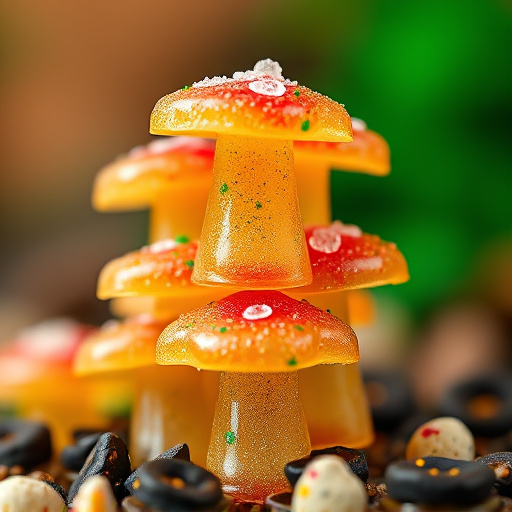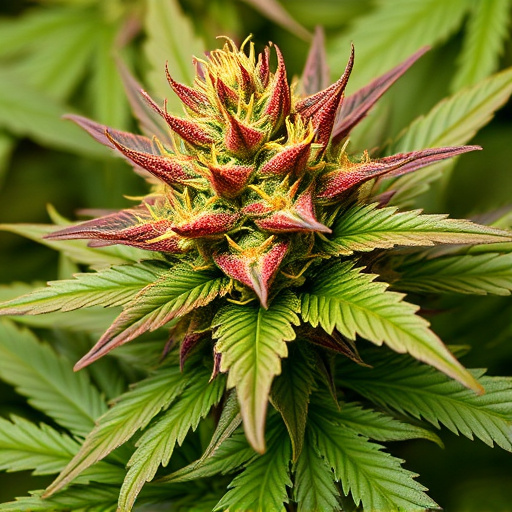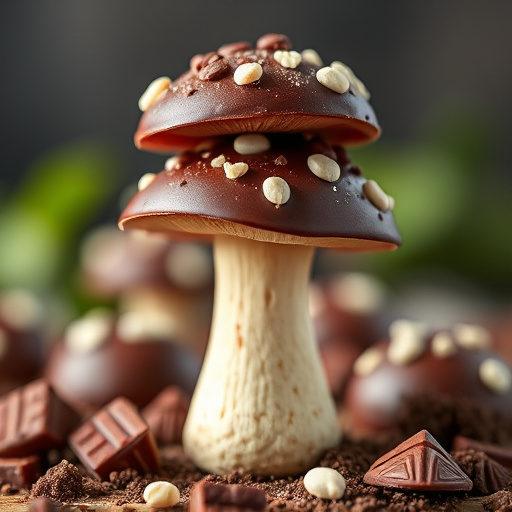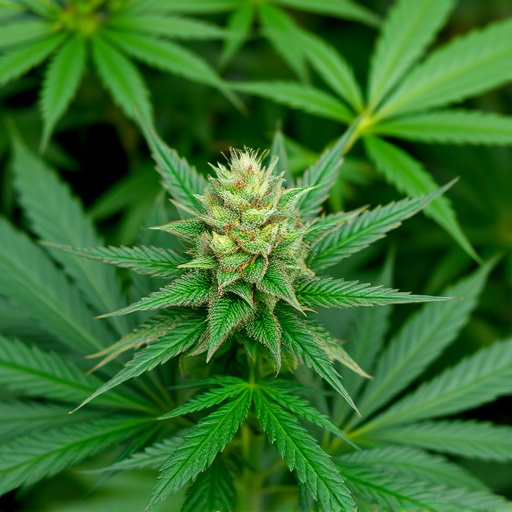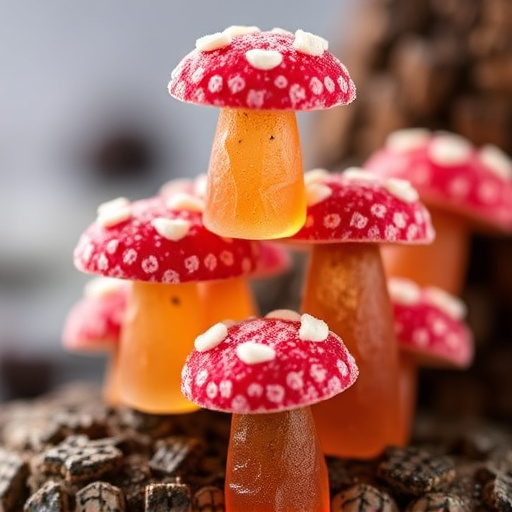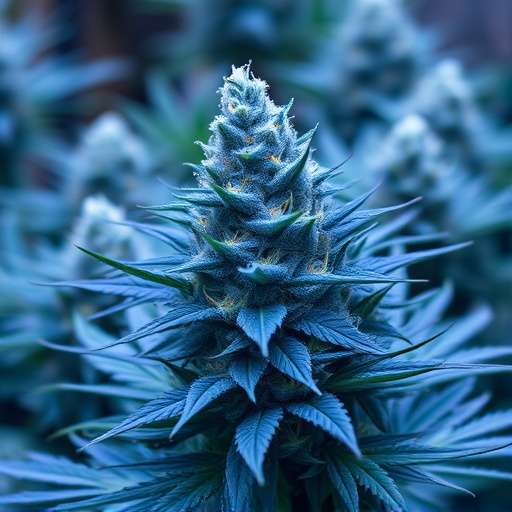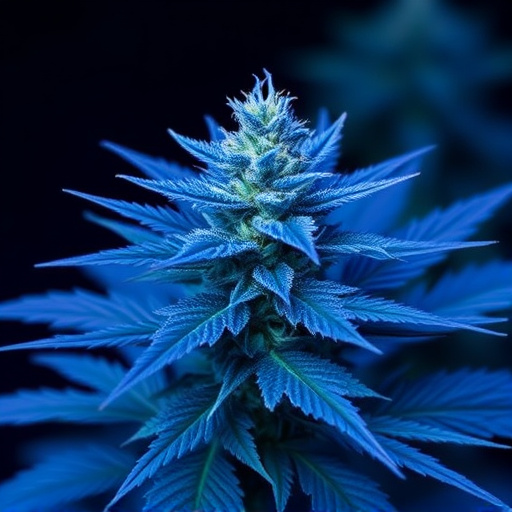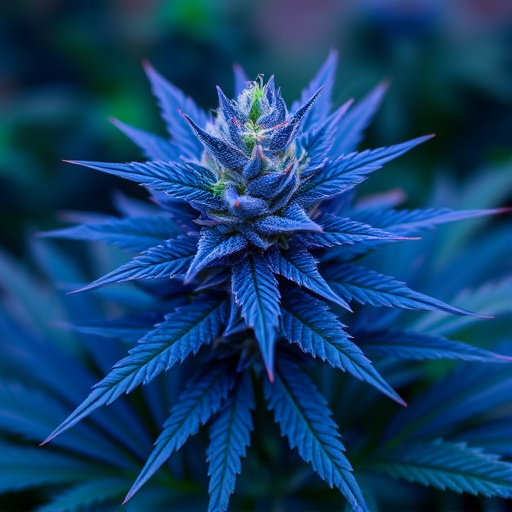The duration of a weed high varies based on individual tolerance, metabolism, consumption method, and environmental conditions. Blue marijuana strains, known for their high THC content and unique terpene profiles, offer distinct effects that can be both potent and prolonged. While smoking or vaping provide quicker but shorter highs, edibles or concentrates have slower onset times but longer-lasting effects. Environmental factors also subtly impact the intensity and longevity of the experience. Understanding these chemical interactions helps explain why two people using the same blue strain may have different highs.
“Discover the enigmatic factors that dictate the length of a weed high, from scientific studies to individual variations. Explore how ‘blue marijuana’ strains, known for their potent properties, play a pivotal role in shaping the intensity and duration of the high. Uncover the complex interplay between genetics, potency, and personal tolerance, offering insights into why some experiences last longer than others. Prepare to dive into a comprehensive overview that unravels the mysteries of cannabis highs.”
- Factors Influencing Weed High Duration: A Comprehensive Overview
- The Role of Blue Marijuana Strains in Shaping High Intensity and Length
- Unraveling the Science Behind Individual Variation in Weed Highs
Factors Influencing Weed High Duration: A Comprehensive Overview
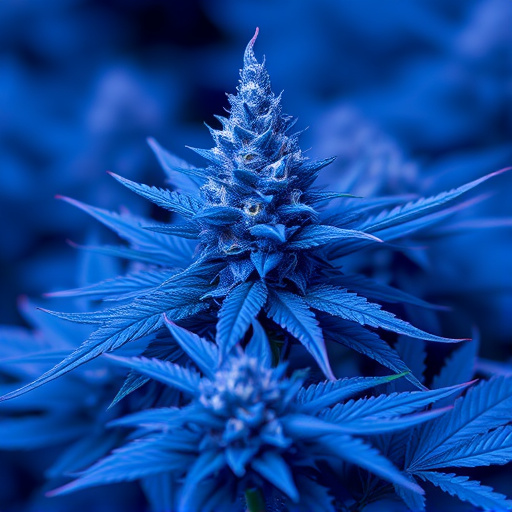
The duration of a weed high can vary significantly from person to person, and it’s influenced by more than just the potency of the strain. Several factors play a crucial role in determining how long the effects last. One notable factor is the specific profile of blue marijuana strains, which often contain unique cannabinoid and terpene combinations. Strains known for their high THC content can induce intense highs, but these powerful effects may not last as long as expected due to potential tolerances developed over time.
Additionally, individual tolerance levels and metabolism significantly impact the duration. Regular users may experience shorter highs compared to occasional consumers due to built-up tolerance. The method of consumption also matters; smoking or vaping can lead to quicker onset but potentially shorter durations, while edibles or concentrated forms deliver slower starts but longer-lasting effects. Environmental factors like stress levels, sleep patterns, and overall health can also subtly influence the intensity and longevity of a weed high.
The Role of Blue Marijuana Strains in Shaping High Intensity and Length

Blue marijuana strains have gained significant attention for their potential to deliver a potent and prolonged high, making them a popular choice among both recreational users and medical patients. These strains are known for their unique chemical composition, particularly higher levels of the cannabinoid THC (tetrahydrocannabinol) compared to traditional strains. THC is responsible for most of the psychoactive effects associated with cannabis, including euphoria, relaxation, and heightened senses.
The intensity and duration of a high from blue marijuana strains can be attributed to several factors. Firstly, the specific terpenes present in these strains play a crucial role in modulating the overall experience. Terpenes are aromatic compounds that not only give cannabis its distinct smell but also interact with cannabinoids, influencing their effects on the body and mind. Some terpenes known for enhancing THC’s potency include myrcene, which has sedative properties, and pinene, associated with cognitive benefits. Additionally, hybrid strains that incorporate blue marijuana genetics often offer a balance between sativa and indica characteristics, providing users with a longer-lasting high without excessive anxiety or paranoia commonly linked to pure sativa varieties.
Unraveling the Science Behind Individual Variation in Weed Highs
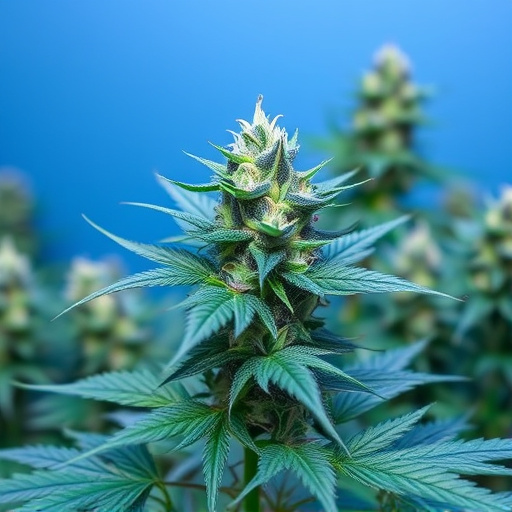
The duration of a weed high can vary wildly from person to person, even among those who consume the same strain and method of consumption. This individual variation is largely due to the complex interplay between biology, genetics, and personal tolerance levels. Scientists have begun to unravel these mysteries, with research highlighting that our bodies produce varying levels of cannabinoids like THC (tetrahydrocannabinol), the primary psychoactive compound in marijuana, leading to differing experiences.
Furthermore, the specific profile of terpenes—aromatic compounds found naturally in cannabis—in blue marijuana strains plays a crucial role. Certain terpenes are known to enhance or modulate the effects of THC, contributing to the length and intensity of the high. For instance, myrcene, a common terpene in many blue strains, is often associated with sedative properties that can prolong relaxation and euphoria. Understanding these chemical nuances helps explain why two individuals can smoke the same strain yet have vastly different durations and strengths of high.
In conclusion, the duration of a weed high is influenced by a multitude of factors, with blue marijuana strains playing a significant role in shaping intensity and length. Understanding individual variation and the science behind these effects empowers users to make informed choices. By recognizing how different strains and personal factors contribute to the experience, folks can navigate the world of cannabis more effectively, ensuring they enjoy every moment of their high while prioritizing safety and responsible use.
